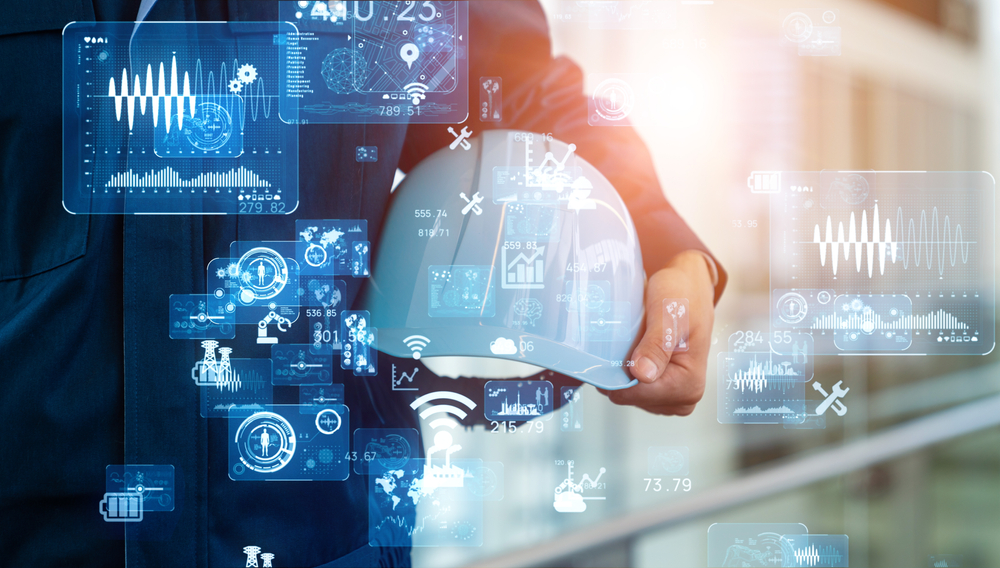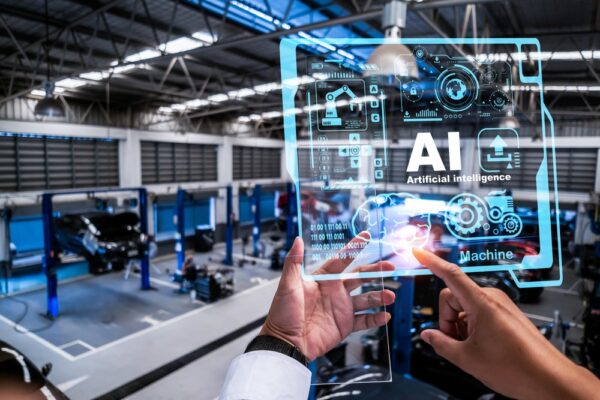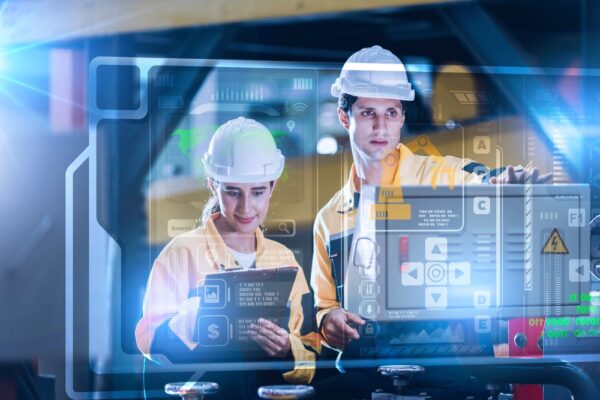The Future of Industrial Safety: PLCs, Automation, and AI

When it comes to safety, better technology often means better peace of mind. Industrial safety has come a long way since the early days of manufacturing, and with each new industrial revolution come methods and tools to protect workers. Today, the Fourth Industrial Revolution (or Industry 4.0) has given us some incredible technologies — and innovative new ways to protect factory workers. Innovations like safety programmable logic controllers (PLCs), automated safety gates, and AI-enhanced fail-safe controls are bringing safety to a new standard.
Safety PLCs
Safety PLCs are designed to monitor safety-related parameters and take immediate action when hazardous conditions are detected. Unlike traditional safety systems, these PLCs offer programmable flexibility, which makes it possible for safety managers to tailor them specifically to processes and safety requirements.
Real-world applications of safety PLCs are already showing impressive results. In automotive manufacturing, for example, these systems have significantly reduced accidents related to robotic operations. By constantly monitoring robot movements and worker positions, safety PLCs can instantly halt operations if a potential collision is detected.
Automated safety gates
Automated safety gates use sensors and actuators to control access to hazardous areas, ensuring workers can enter only when it’s safe to do so. They come in various forms, from simple light curtains to more complex interlocked gate systems. These gates offer consistent, reliable protection, eliminating the risk of human error in gate operation. They can also be integrated with other safety systems for more comprehensive security.
For example, an automated safety gate can work in tandem with a safety PLC to ensure machinery is fully stopped before allowing access to a restricted area. Many industries, from food processing to heavy manufacturing, have successfully adopted these systems, reporting significant improvements in safety records.

AI-enhanced safety systems
Artificial intelligence is bringing unprecedented capabilities to safety systems, enabling them to learn, adapt, and predict potential hazards before they occur:
- Machine learning algorithms, for instance, are being used for predictive maintenance. They can identify patterns that indicate impending equipment failure and alert managers to the need for preemptive maintenance.
- Computer vision, another AI application, is enhancing hazard detection. Cameras equipped with AI can monitor work areas in real time, identifying unsafe conditions or behaviors that human observers might miss.
- Natural language processing (NLP) is improving safety communication and training. AI-powered systems can analyze safety reports, identify trends, and even assist in creating more effective safety protocols.
These technologies each contribute fail-safe checks and balances to safety systems. By recognizing the potential for problems, AI-powered technologies are actively working to prevent them.

Embrace the future of factory safety
The future of industrial safety is here, and it’s smarter, more responsive, and more integrated than ever before. By embracing technology in the form of more proactive safety measures, industrial facilities can create safer, more efficient workplaces that protect their most valuable assets: workers.
SEASONAL SPECIAL: Close out a summer of safety with GES! This August, we’re offering discounted repair services for all non-PPE equipment. Get 15% OFF repairs for three or more items or save 10% on any single repair.
